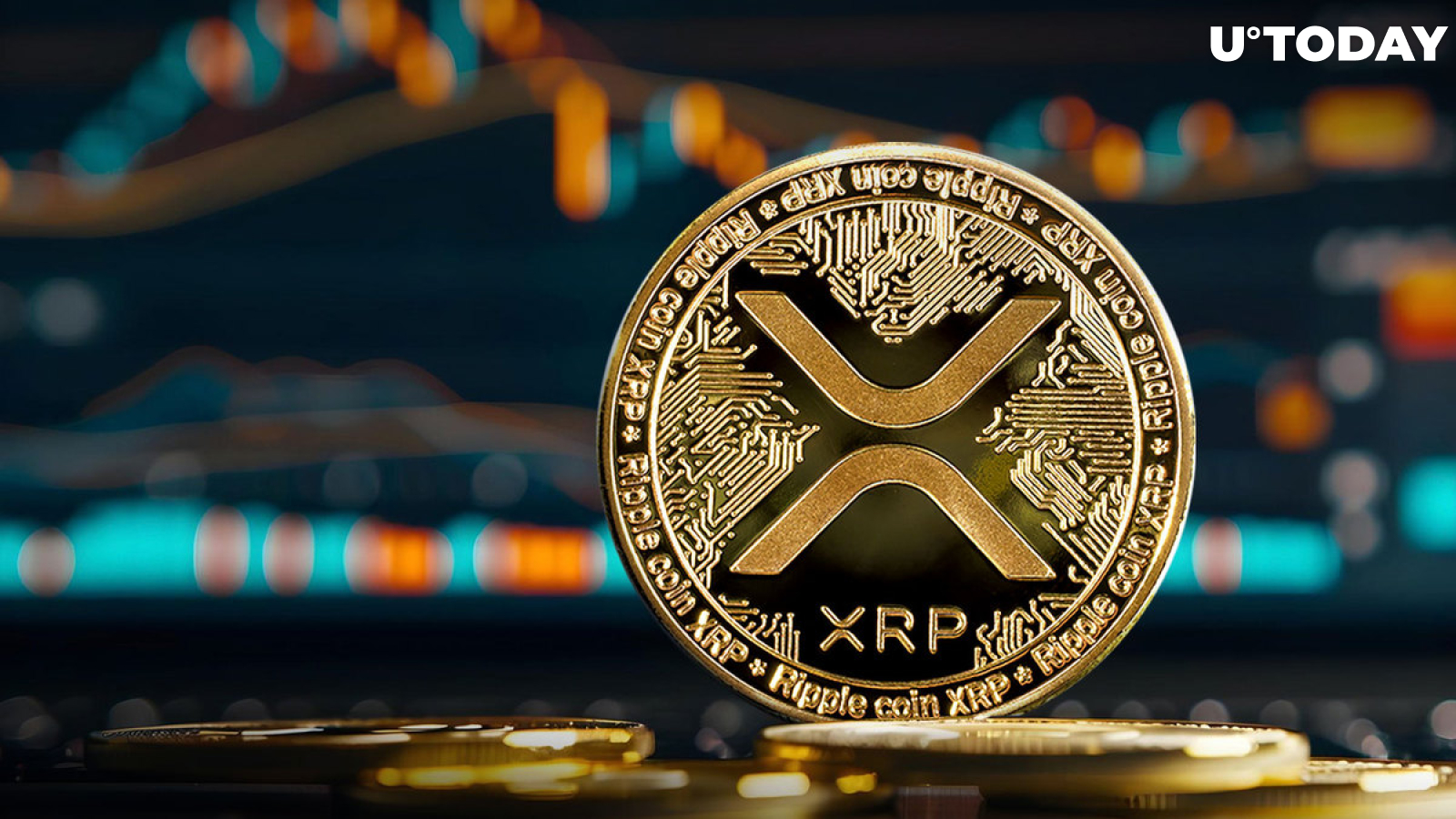ETF vs ETN: Taking a Closer Look at the Key Differences
Exchange-Traded Funds (ETFs) and Exchange-Traded Notes (ETNs) are both financial instruments that allow investors to gain exposure to various assets or market indices. While they share similar traits, like being traded on stock exchanges and tracking indices, they differ fundamentally in their structure and inherent risks. ETFs are investment funds that hold a collection of assets like stocks or bonds. Their value is derived from the collective value of these underlying assets, and they offer investors a share in this pool.
ETNs, on the other hand, are unsecured debt securities. Unlike ETFs, they do not own a portfolio of assets but rather promise to pay a return that corresponds to a market index. This promise is backed by the credit of the issuing institution, introducing credit risk to the investment. As such, the performance of an ETN is not only based on the underlying index but also on the financial health of the issuer. If an issuer faces severe financial difficulty, it could impact the value of the ETN, potentially rendering it worthless.
Investors consider both ETFs and ETNs for diversifying their portfolios, but the choice between the two depends on the individual's risk tolerance, investment goals, and understanding of each product's characteristics. ETFs generally provide lower risk and cost-effective exposure to a range of assets, making them a preferred choice for many. ETNs, while they may offer certain tax efficiencies and access to a wider range of investment strategies, come with credit risk that ETFs do not have..
Overview of ETFs
Exchange-traded funds (ETFs) have redefined the investment landscape by providing access to a diversified portfolio in a single transaction. These funds are known for their liquidity and cost effectiveness, offering a dynamic tool for both the novice and seasoned investor.
Basic Characteristics of ETFs
ETFs are investment funds traded on stock exchanges, similar to stocks. They hold assets like stocks, commodities, or bonds and generally operate with an arbitrage mechanism designed to keep it trading close to its net asset value, although deviations can occasionally occur. A key characteristic of ETFs is their liquidity, as they can be bought and sold during trading hours at market-determined prices.
Types of ETFs
There is a wide range of ETFs available to investors, including:
- Stock ETFs: Track specific indices or sectors.
- Bond ETFs: Provide exposure to various types of bond markets.
- Commodity ETFs: Track the price of a commodity, such as gold or oil.
- Industry/Sector ETFs: Focus on a specific industry, such as technology or healthcare.
- International ETFs: Offer exposure to foreign markets.
Benefits of Investing in ETFs
Investing in ETFs offers a variety of benefits:
- Diversification: Investors can diversify their portfolio across a wide array of assets.
- Cost Efficiency: Generally lower expense ratios than actively managed funds.
- Flexibility: Buy or sell anytime during trading hours.
- Transparency: Holdings are typically disclosed daily.
ETFs provide a versatile investment avenue, catering to the needs of numerous investment strategies and risk profiles.
Overview of ETNs
Exchange-Traded Notes (ETNs) are unique financial instruments that combine aspects of bonds and exchange-traded funds (ETFs).
Basic Characteristics of ETNs
ETNs are debt securities issued by financial institutions. Unlike ETFs, which typically hold a portfolio of assets, ETNs are more akin to bonds. They promise to pay the return of a specified index or benchmark minus fees, with their value fluctuating in accordance with the index they track. Being unsecured, they do not represent an ownership interest in a pool of assets, but rather a debt obligation from the issuer to the investor.
Types of ETNs
ETNs can trace various underlying assets, often segmented into different types:
- Commodity ETNs: Track the price of a commodity or a basket of commodities.
- Currency ETNs: Linked to the performance of a single currency or a basket of currencies.
- Industry-specific ETNs: Aim to track the return of a specific sector, such as technology or healthcare.
Benefits of Investing in ETNs
Investors may choose ETNs for key advantages, including:
- Tax Efficiency: ETNs can offer certain tax advantages due to their structure and the way returns are taxed.
- Access to Hard-to-Reach Markets: They can provide exposure to markets that might be difficult for an individual investor to access directly.
Comparative Analysis
Differences in Structure
Exchange-Traded Funds (ETFs) are investment vehicles that hold a collection of assets such as stocks, bonds, or commodities, mirroring the performance of a specific index. They are designed to offer diversified exposure to a particular sector or market. ETFs are characterized by their ability to be bought and sold like stocks on an exchange and the ownership of tangible assets.
In contrast, Exchange-Traded Notes (ETNs) are debt instruments issued by financial institutions. ETNs do not hold underlying assets but instead promise to pay a return linked to a market index upon maturity. ETNs resemble a bond, but they trade on an exchange similar to stocks.
Potential Risks
When considering ETFs and ETNs, investors face distinct risk profiles. ETFs carry the market risk associated with the performance of the underlying assets and the liquidity risk depending on how easily the ETF shares can be traded.
ETNs, being unsecured debt, inherently carry the credit risk of the issuer. If the issuer defaults, ETN investors may lose their investment. Additionally, the performance risk is tied to the index that the ETN tracks rather than tangible assets.
Tax Considerations
ETF investors are subject to capital gains taxes when they sell their shares at a profit. However, due to the structure of ETFs, they are often able to manage and minimize the tax burden through in-kind redemptions, leading to potentially fewer tax events for the investor compared to traditional mutual funds.
ETN investors, on the other hand, do not typically incur capital gains until the note is sold or matures, potentially offering a tax advantage with respect to the timing of the tax liability. However, the tax treatment of ETNs can be complex and is subject to change based on evolving tax laws.
Investment Strategies
In comparing ETFs and ETNs, investors should factor in their individual risk tolerance, investment timeline, and the need for diversification.
Assessing Risk Profiles
Exchange-Traded Funds (ETFs) offer a relatively lower risk profile due to their structure as a basket of assets. They can reduce individual asset risk through diversification. Exchange-Traded Notes (ETNs), being debt instruments, carry the credit risk of the issuing financial institution. Investors should evaluate this risk, particularly in the case of the issuer’s default, which could significantly impact the ETN's value.
Portfolio Diversification
Investment in ETFs is similar to buying shares of a diversified portfolio, which can include stocks, bonds, commodities, or a mix, depending on the fund's objective. This diversification helps mitigate unsystematic risk. In contrast, ETNs track the performance of a specific underlying index without actually owning any assets, making them more susceptible to issuer credit risk but less exposed to market risk from the underlying assets.
Long-Term vs Short-Term Investment
For long-term investments, ETFs are often preferred for their potential to mirror market growth and offer dividend reinvestment. They can be appropriate for investors seeking steady growth aligned with market indices. Conversely, ETNs are more suitable for precise, short-term trading strategies due to their ability to track niche markets and employ certain tax efficiencies. However, ETNs' long-term viability might be affected by the issuer's credit change over time.
Choosing Between ETFs and ETNs
When selecting an investment vehicle, investors need to consider the differences between Exchange-Traded Funds (ETFs) and Exchange-Traded Notes (ETNs) in light of their financial goals and the prevailing market conditions.
Investor Objectives
Risk Tolerance: Investors should evaluate their risk appetite. ETFs represent ownership in a fund that holds the assets it tracks, like stocks or bonds, which means they have a level of intrinsic value. Conversely, ETNs are debt instruments issued by financial institutions; their value is dependent on the creditworthiness of the issuer, which could carry a higher risk in the event of default.
Investment Goals: If an investor aims for portfolio diversification, they might lean towards ETFs due to their typical structure of holding a variety of underlying assets. If an investor is interested in accessing more exotic markets or specific strategies such as currency or commodity plays, ETNs could be a more suitable choice due to their ability to replicate these indices without actually holding the physical assets.
Market Conditions
Liquidity: Market conditions affecting liquidity can influence whether an ETF or an ETN is more suitable. ETFs generally offer high liquidity due to their structure and the volume of assets within. This means they can often be bought and sold with relative ease.
Market Volatility: During periods of high market volatility, ETFs could experience tracking errors as the fund's value might not exactly mirror its benchmark index. ETNs, as debt securities, may offer precise tracking of their index but carry the added credit risk of the issuer.
Frequently Asked Questions
What are the key differences between ETFs, ETNs, and mutual funds?
ETFs and ETNs are similar in that they are both exchange-traded, allowing for intra-day trading, unlike mutual funds which trade at the end of the trading day based on the net asset value. ETFs hold underlying assets and track an index, commodity, or basket of assets. ETNs, on the other hand, are unsecured debt securities issued by financial institutions, and they do not hold assets but rather promise to pay a return linked to an index. Mutual funds are pooled investments managed by professionals, which may come with higher fees and different tax implications.
How does the structure of an ETN differ from that of an ETF?
The structure of an ETN is that of debt security, while an ETF is structured as a fund holding the assets it tracks. An ETN's return is based on the creditworthiness of the issuer and the performance of the index it replicates, without owning any securities. ETFs own the assets within their fund and thus carry the inherent risks of those assets, without the credit risk associated with ETNs.
What are the potential risks associated with investing in ETNs compared to ETFs?
Investing in ETNs carries the credit risk of the issuing institution, as they could default on the debt, impacting the ETN's value regardless of the index performance. ETNs are also more sensitive to changes in investor sentiment and market volatility. In contrast, ETFs primarily carry market risk associated with their underlying assets and are not subject to issuer credit risk.
In what scenarios might an investor prefer an ETN over an ETF?
An investor might prefer an ETN over an ETF when seeking to avoid tracking errors or the complexities of owning the underlying assets directly, as ETNs can sometimes offer more precise exposure to the index they track. Also, ETNs may have certain tax advantages, as they do not have portfolio turnover resulting in capital gains distribution; however, this depends on the specific tax regulations of the investor's country.
What are the main disadvantages associated with investing in ETNs?
The primary disadvantages of ETNs include the issuer's credit risk, potentially lower liquidity compared to ETFs, and the lack of dividend payments since ETNs do not hold the underlying assets. Investors also need to scrutinize the ETN's tracking ability and tax implications, which can differ from traditional bonds and stocks.





